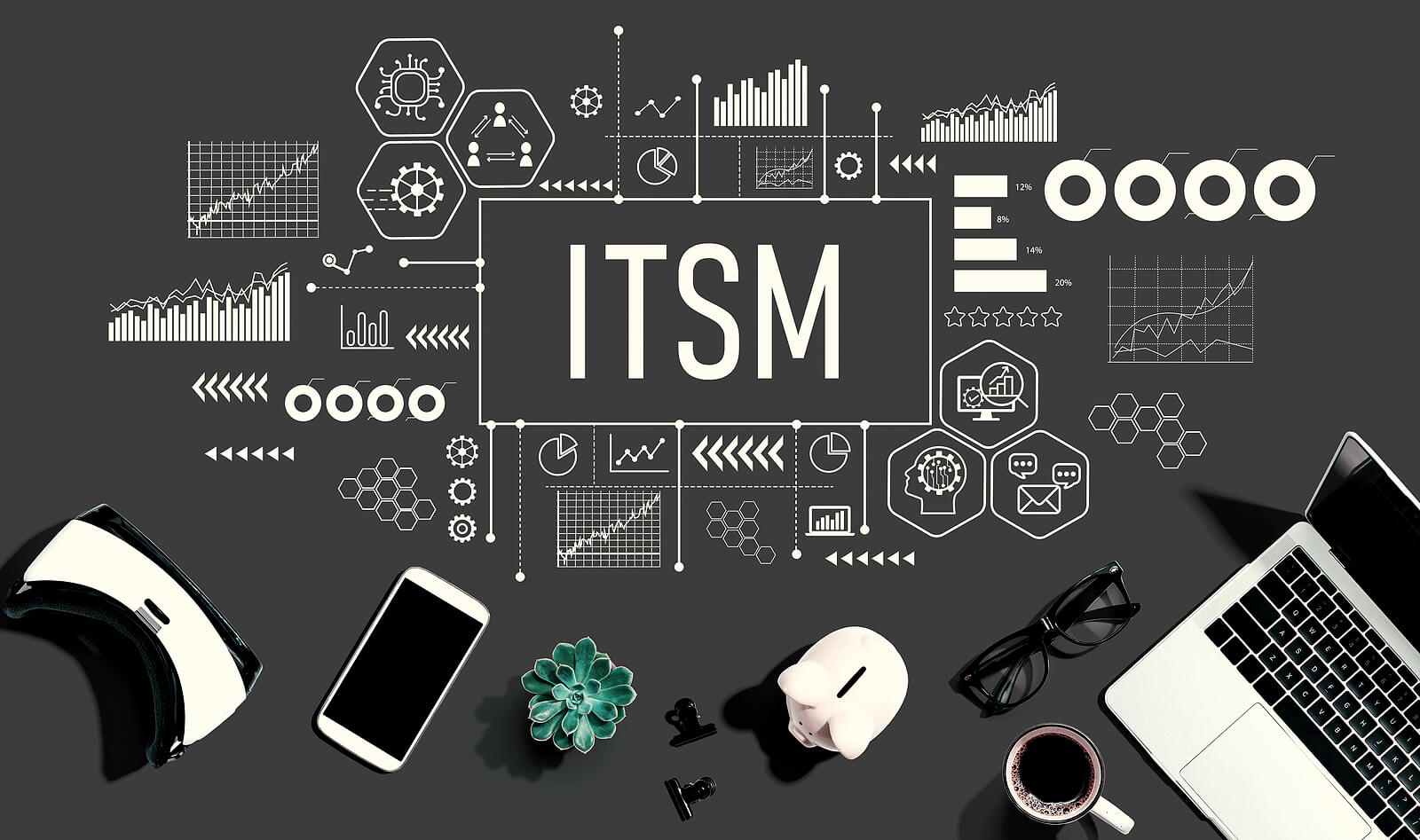[ad_1]
TOPDesk president Ruben Franzen offers five questions to consider when evaluating your ITSM tools in this article.
How many software tools does your company use? Do you know what each of them does? Better yet, can you list how each tool benefits your company, its employees, and its end users? If you cannot answer these questions, you’re not alone. Companies today use dozens – if not hundreds – of various software tools to help solve myriad business needs. However, as your company’s needs evolve and as technological capabilities increase, it’s important to audit the systems your teams are using to ensure they are meeting the needs of your business and employees.
Your company’s ITSM tool is one such system that should be evaluated regularly to ensure it’s meeting the needs of your IT team – and its end users. This is because using an obsolete or inadequate ITSM solution can have a negative impact on your business’s performance and your employee’s productivity.
Is your ITSM tool doing more harm than good? Here are five questions to ask:
- Does your ITSM tool meet the day-to-day needs of your organization?
As your company’s needs evolve and technology and innovation improve, what was right for your organization when you started with your current service management solution might not be the right solution for your current needs. Do your current ITSM tools integrate well with other technology? Are you constantly having to create workarounds to make the system work for your needs? If you’re continually using Band-aid fixes or rigging add-on components to your old solution rather than implementing scalable solutions, it may be time to test drive a new solution.
- Is your current system causing bottlenecks?
Spending endless time working on a ticket only to find out a colleague was working on the same issue. Does your system show you which team member is working on what? Or what needs to be picked up when a colleague is sick? It should. A modern service management system makes communication easy, not hard.
- Is your current system high maintenance, outdated and complex?
Updates and upgrades are burdensome, especially if consultants are needed to implement and update the solution. In addition, these updates require more maintenance. If the solution becomes a resource strain or a money pit, it’s time to move on.
- Can your operators share knowledge with each other or end-users?
Keeping knowledge and other organizational information locked on shared drives and in other data repositories makes solving issues efficiently hard for any service team members. The solution is a robust knowledge base to help individuals access information quickly while letting the service team share collected knowledge quickly with end users.
- Are questions and answers on repeat?
“I’ve forgotten my password.” “The wifi isn’t working.“ “My email won’t open.” How many times a week do you receive these same questions over and over? Stop wasting your time. Many modern solutions offer a self-service portal where your end users can fix their own problems. Make all your standard solutions and FAQs available online, and you’ll never again have to say, “Have you tried turning it on, then off?”
While changing your ITSM tools might take some time, effort, and research on the front end, the end result will help create a more user-friendly experience for your end-users and help increase productivity for your business.
[ad_2]
Source link

